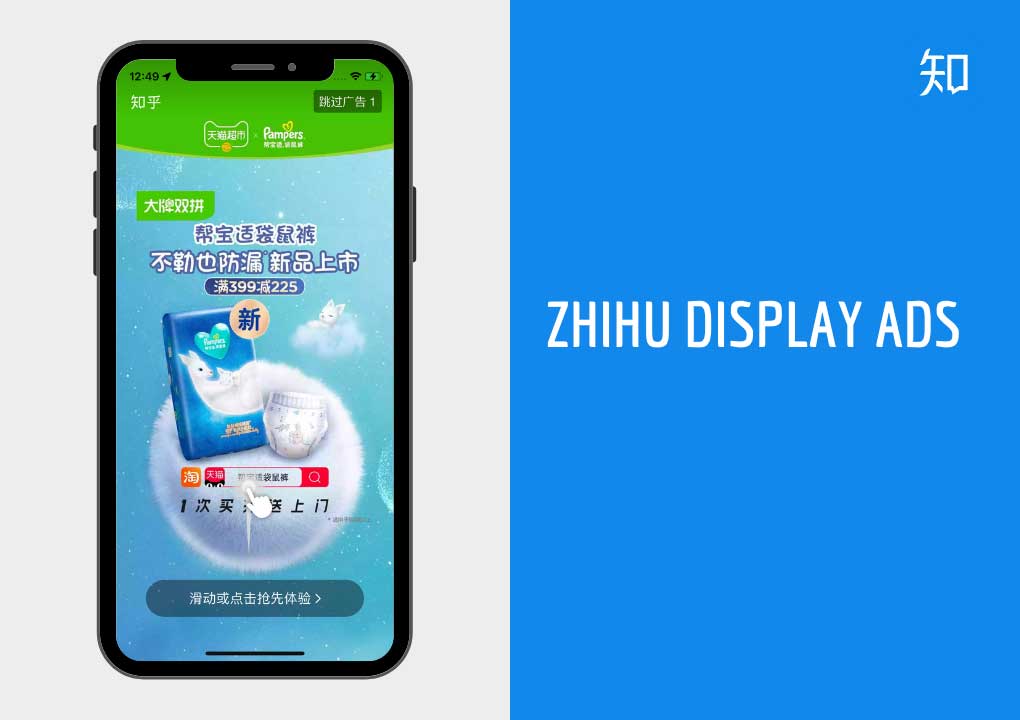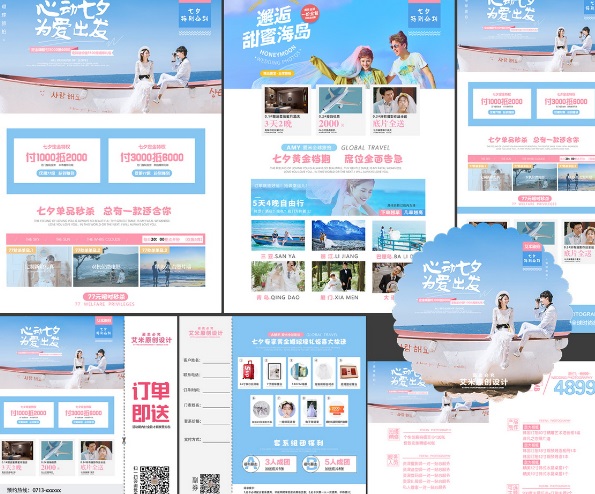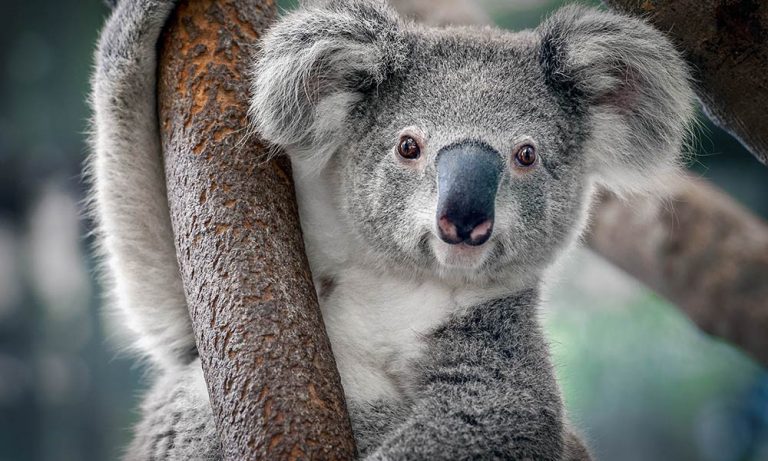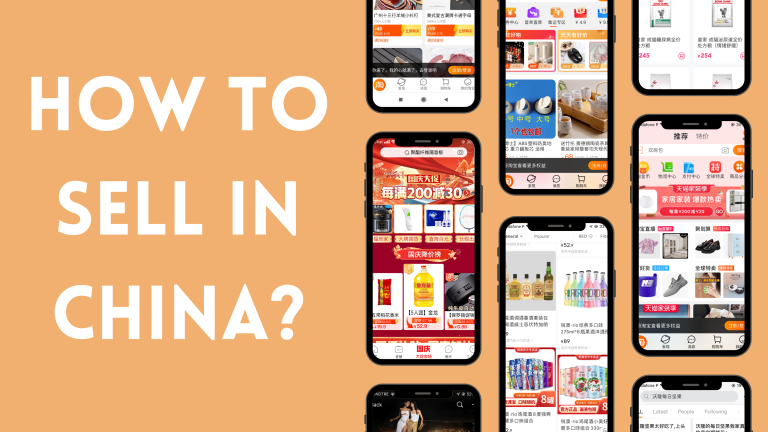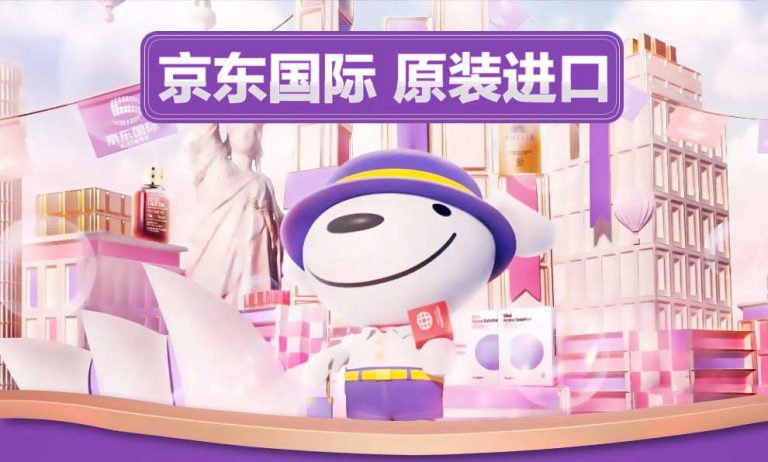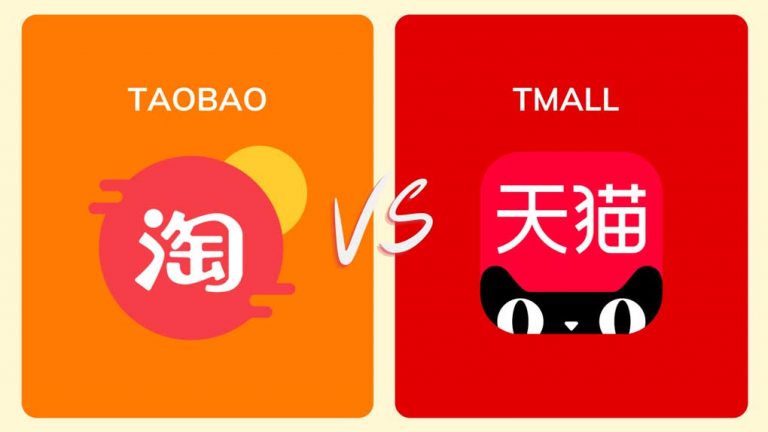Need a cost effective TP (Tmall Partner) to sell in China?
We are an Official Tmall Partner e-commerce Agency. Our Services: E-Commerce, Search Engine Optimization, Advertising, Weibo, WeChat, WeChat Store & PR.
China is a giant market for OTC drugs products , most of these Pharma firms have introduced health consumer brands.
These OTC drugs products are being advertised alongside pharmaceuticals on Chinese television and satellite channels in the past, but it is via e-Commerce that EVERYTHING Is sold today.
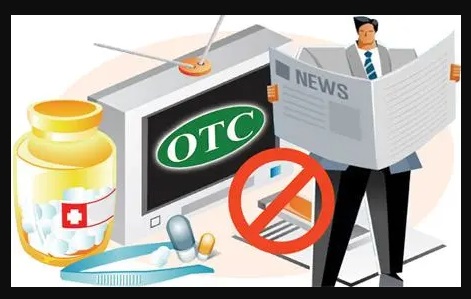
Tmall Global, JD Global and all cross border websites are the key of the distribution in China.
Cross-border eCommerce has proven to be feasible for many brands. As the industry expands and national policies are supported, CBEC penetration will increase.
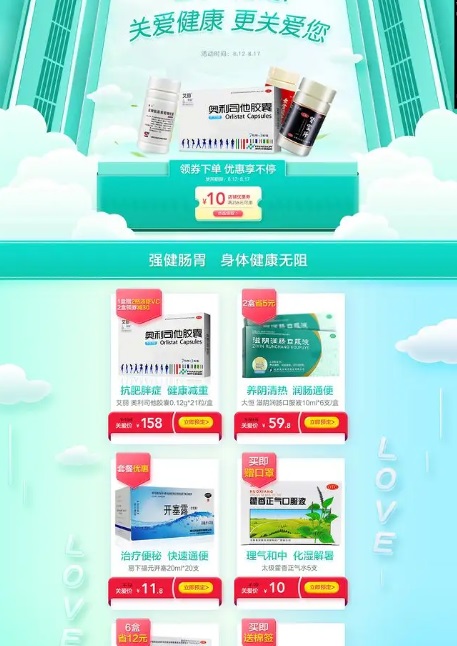
While China is eager to encourage the development of new products, it is also looking to reduce rising health care costs through price controls, delisting prescription drugs, and other measures.
Chinese pharmaceuticals are currently subject to one classification, but they have a problem of TRUST
trust in China is everything when matter to health.
CULTURAL
China’s consumer interest in self-medication has already led to a rapid rise in sales of products without prescription. Traditional Chinese medicines currently account for the majority of self-medication sales and are being repositioned as western-styled products.
REGULATION
What regulatory requirements are there for traditional, herbal or complementary medicines and devices?
Traditional Chinese Medicine (“TCM”), a system of diagnosis, prevention and treatment which has been around for thousands of years, is regulated under the Regulations on Protection of Varieties of TCM. These are the regulations that apply to such medicines:
More CASE BY CASE contact us (Email)
2022 situation
After the lockdown, logistics and customs clearance are gradually improving. The per capita disposable income is increasing in China, which makes it more important for consumers to invest in their health and pay more attention.
OTC trends in China
For a long time, nutrition OTC supplements have been No.1 in sub-category sales on Tmall . Heart health supplements had a market share of around 3%. This was second in all sub-categories. Comprehensive nutritional supplements were accounted as 60% month-on-month rise and about 10% market share. Multivitamins sales increased 25% over last year.
Probiotics OTC products were approximately 170 millions ( the most popular products in this category, with women’s and stomach probiotics being the most commonly used). B420 probiotics are popular in China, which indicates a huge market potential.
Bone Health Enhancements is a growthing categories as well, with an increase of about 50% YoY This product’s market share was fourth out of all sub-categories. Calcium and glucoseamine products are searched by old people and Chinese parents. Anti-Aging Supplements aka NMW counts about 160 million anti-aging products (2021) .
Forecasts predict that China’s NMN market for health supplements will grow at 50% reaching 27 billion by 2023.
How to sell OTC health products in China?
Reputation : trust is the based of Business

Tmall
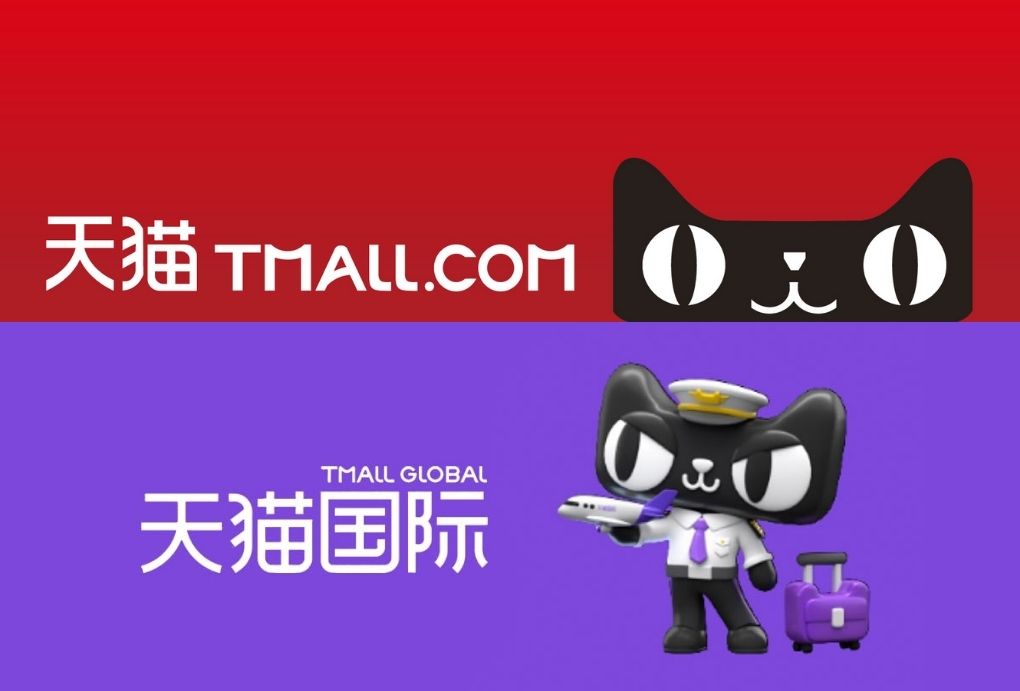
JD
Social Media : Little Red Book

Q&A platform like Zhihu
